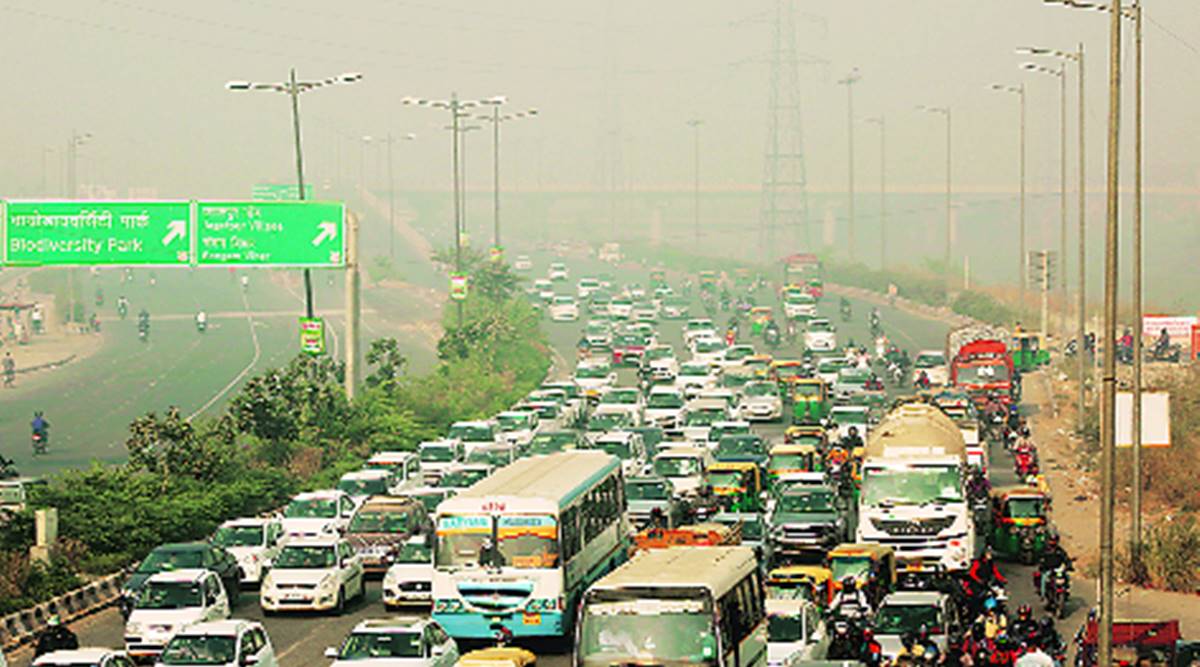For a third day in a row, the average air quality index (AQI) of Delhi and nearby NCR towns on Saturday remained severe, in which the concentration of toxic fine particles suspended in the air is at least four times above their acceptable limit.
Air quality of Delhi is not expected to make a significant improvement from the present severe levels unless there is a reduction in “unusually high emissions” from farm fires in northwest India, two central government air quality monitoring projects said on Saturday.
For a third day in a row, the average air quality index (AQI) of Delhi and nearby NCR towns on Saturday remained severe, in which the concentration of toxic fine particles suspended in the air is at least four times above their acceptable limit. This affects healthy population and also “seriously impacts” people with medical conditions, as per the Central Pollution Control Board (CPCB).
The factor that is causing the concentration of these toxic particles — PM 2.5 and PM 10 — to increase is slow wind speed, particularly at night time, which is hindering dispersion of particulates accumulated in the air from regional and external sources of emissions. This includes stubble burning, which had an estimated 32% share in Delhi’s PM 2.5 levels on Saturday, as per the Central air quality monitoring project SAFAR.
“Despite moderate day-time dispersion condition, air quality has declined owing to sustained, unusually high (farm) fire emissions. Surface winds have become calm today morning and pollutants are accumulating near the surface,” a bulletin from SAFAR stated on Saturday.
It added, “No quick recovery is expected unless a drastic reduction in fire counts takes place. Air quality is forecast to stay in the severe to the higher end of very poor category for the next two days.”
The SAFAR bulletin also stated that around 4,500 farm fires were observed on Friday in Punjab, Haryana, Uttar Pradesh, Uttarakhand and neighbouring areas, and the wind direction over Delhi-NCR is from the north-west, which helps in transporting pollutants from these states.
The 24-hour average AQI of Delhi on Saturday deteriorated to 427 (severe) from 406 on Friday, as per the CPCB. Hourly concentration of PM 2.5 in Delhi-NCR on Saturday, as per CPCB data, was in the range of 250-300 µg/m3 — which is considered the emergency threshold — against its 24-hour exposure limit of 60 µg/m3. Concentration of PM 10 was in the range of 440-500 µg/m3, also the emergency threshold, against its exposure limit of 100 µg/m3.
Health effects of inhaling high levels of PM 2.5 and PM 10include aggravation of respiratory and cardiovascular problems.
A forecast for Diwali from the Ministry of Earth Sciences (MoES) Air Quality Early Warning System (EWS) for Delhi said the AQI is likely to be in the high end of the very poor category on November 13 and in the severe category on November 14 and 15.
Source: Read Full Article


